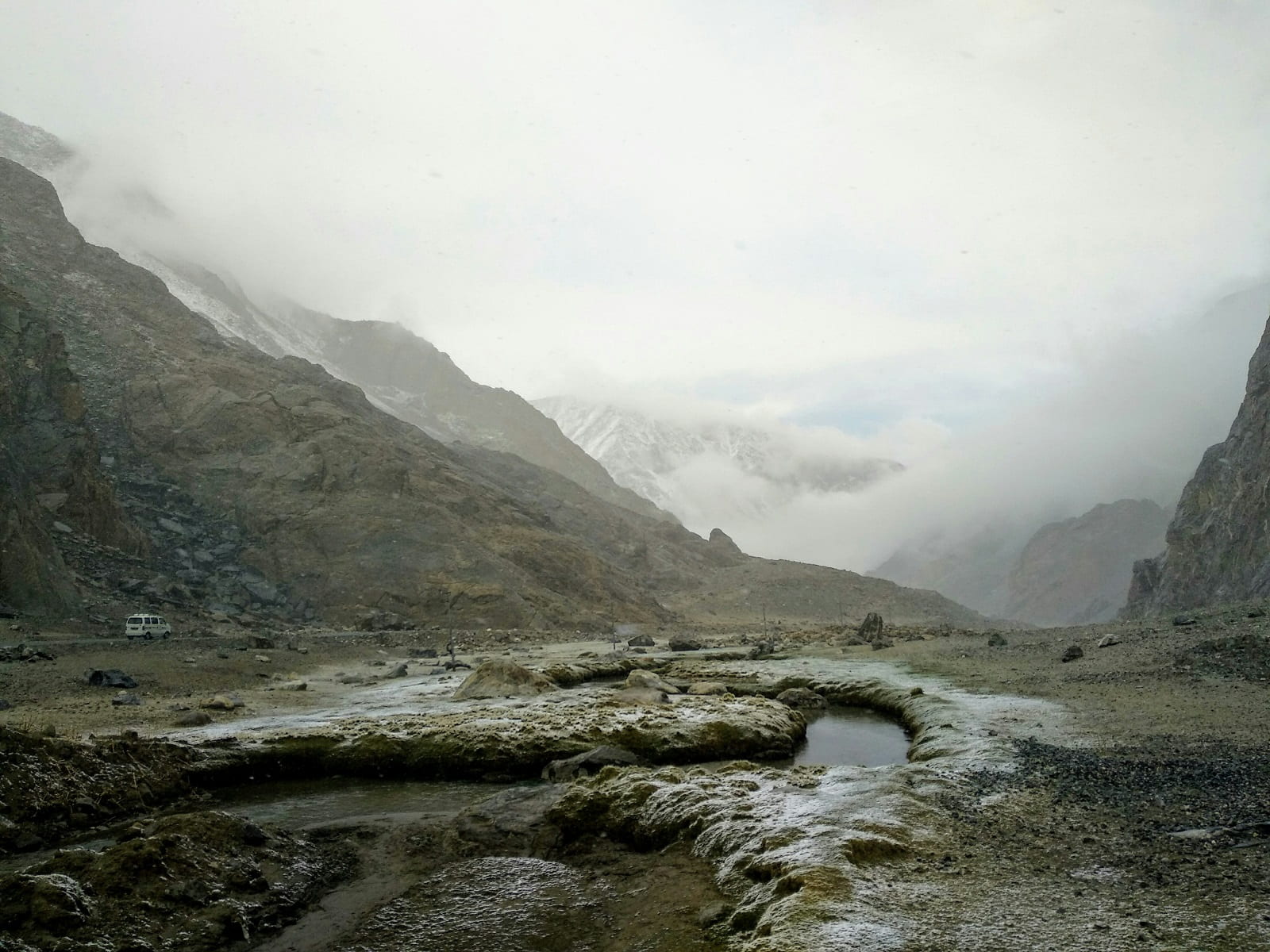After a five-year hiatus, the leaders of India and China held substantive bilateral talks this week in Kazan, Russia, on the sidelines of the BRICS Summit.
Prime Minister Narendra Modi and President Xi Jinping have had little direct contact since the 2020 clashes in the Himalayan border region but agreed in Kazan that the special representatives on the India–China boundary question would meet soon to stabilise ties.
In the lead-up to the BRICS summit, India and China agreed to a deal under which patrolling rights in Depsang Plains and Demchok are to be restored and coordinated. However, the situation in other friction points – in Galwan Valley and Pangong Tso – would remain the same.
In June 2020, a major clash between the soldiers from the two countries occurred in the Galwan Valley, leading to the death of 20 Indian and four Chinese soldiers.
While the two sides are in discussions on “pending areas”, India’s Foreign Minister Subrahmanyam Jaishankar noted “the disengagement process with China has been completed”. China’s Foreign Ministry spokesperson Lin Jian also stated, “China and India have reached resolutions on issues concerning the border area following close communication through diplomatic and military channels.” China’s Defence Ministry declared “some consensus with India” last month on disengaging troops from friction points along what is known as the Line of Actual Control, or LAC, in eastern Ladakh.
Both India and China see this line differently. For New Delhi, the LAC is 3,488 kilometres long, while for Beijing, it constitutes only 2,000 kilometres. In recent times, frequent clashes and military stand-offs have also occurred between the soldiers guarding their respective borders. In June 2020, a major clash between the soldiers from the two countries occurred in the Galwan Valley, leading to the death of 20 Indian and four Chinese soldiers.

In 2023, at the BRICS Summit in Johannesburg, Modi and Xi had a brief interaction where, according to then Indian Foreign Secretary Vinay Kwatra, the two leaders “agreed to direct their officials to intensify efforts at expeditious disengagement and de-escalation” at the border. After the re-election of the Modi government this year, unlike 2019, it was China’s Premier Li Qiang rather than Xi who sent a congratulatory message. However, in June, conference marking the 70th anniversary of Five Principles of Peaceful Coexistence, Xi made a conciliatory speech about cooperation. Modi decided against travelling to Kazakhstan in July to attend a meeting of the Shanghai Cooperation Organisation, of which China is also a member, but has met with Xi this week.
The stand-off hasn’t had obvious consequences for trade between the two countries. In 2022, India’s trade with China increased by 8.4 per cent, and this year China overtook the United States to become India’s top trade partner. Two-way trade heavily favours Beijing, however, and concerns New Delhi. Jaishankar recently noted the perceived unfairness, pointing out that Indian goods do not have the same market access in China as Chinese products enjoy in India. Improved Sino–Indian relations could result in even stronger trade and may help New Delhi to address the persistent trade imbalance.
Three key factors are likely to have prompted the fresh agreement.
As part of efforts to maintain its international ambitions, Beijing is seeking to present itself as a more responsible and cooperative international player with less emphasis on so-called “wolf warrior” diplomacy.
First, in New Delhi’s case, the economy guided a political reset with Beijing. After the Galwan clash, India placed significant restrictions on Chinese investment and visas which had affected the Indian business community.
Second, the West’s stance on the diplomatic trouble in India–Canada relations alongside the charges in the United States against an Indian spy over an alleged plot to kill American Sikh separatist Gurpatwant Singh Pannun may have given some impetus to New Delhi’s decision to improve ties with Beijing.
Third, China’s behaviour has shifted. As part of efforts to maintain its international ambitions, Beijing is seeking to present itself as a more responsible and cooperative international player with less emphasis on so-called “wolf warrior” diplomacy. The India–China border pact and the meeting between Modi and Xi are positive signs, even if there are trust issues.
The Sino–Indian relationship demonstrates that mutual interests, preferences, and interdependence guide the behaviour of states. Indeed, sometimes cooperation is tactical rather than a structural shift in a country’s perception of and relationship with others.
Amid the continued cooperation-competition cycle between New Delhi and Beijing, it would be hasty to draw concrete conclusions on the trajectory of the bilateral relationship.

